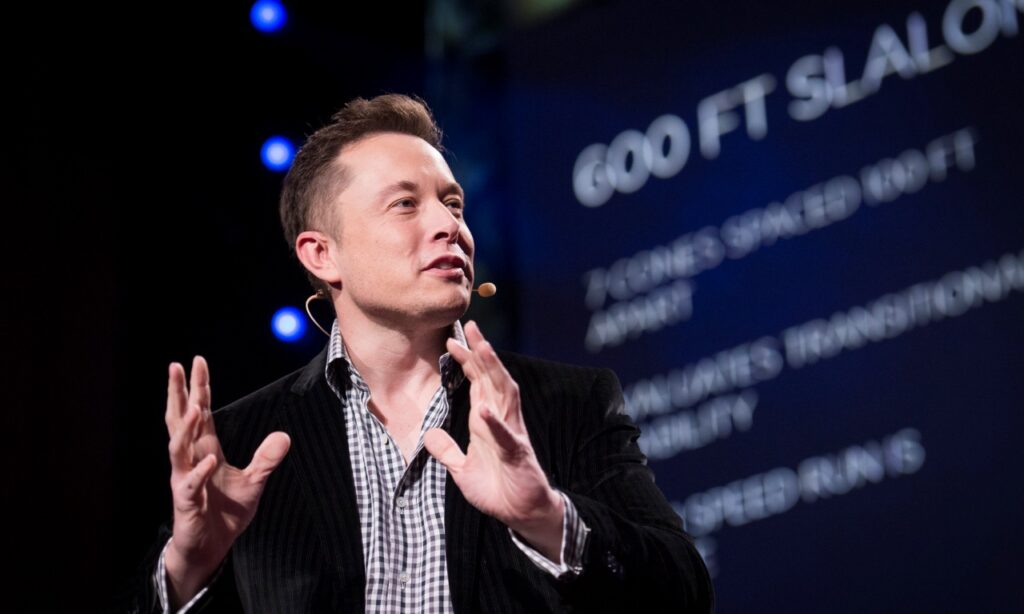Why Is Tesla Such a Strange Company?

Tesla is one of the most unique companies in the world. While it is classified as an automobile manufacturer, it is far more than just a car company. Despite having lower revenue than other global automakers, Tesla’s market capitalization has exceeded the combined value of all its competitors. Additionally, it has one of the highest short-selling rates while simultaneously maintaining a cult-like following among investors.
In this article, we’ll analyze Tesla’s corporate structure, its position in the stock market, and its future growth potential.
Tesla’s Revenue and Market Capitalization
Tesla’s current revenue is around $100 billion, yet its market capitalization once surpassed $1 trillion and still remains in the hundreds of billions. From a traditional automotive valuation perspective, this is hard to justify.
The key factor explaining this phenomenon is Tesla’s future growth potential. The company is not just selling cars; it is aiming to dominate Full Self-Driving (FSD) and the robotaxi business.
The Relationship Between PER and Stock Price
The Price-to-Earnings Ratio (PER) is a crucial factor in stock valuation.
• The average PER of the S&P 500 is around 30.
• The automotive industry’s average PER is 8.
• Tesla’s PER is well over 100.
This significant difference exists because Tesla is not being valued as a traditional automaker but rather as a technology and innovation company.
Tesla’s stock price fluctuates between $100 and $400, and the primary reason for this volatility is the clash between different investor groups.
Two Opposing Investment Forces in Tesla’s Stock
Tesla is a battleground stock with two opposing forces constantly fighting for control.
1. Short-term traders – Investors who use leverage and short-selling strategies.
2. Long-term believers – Investors who trust Tesla’s vision and consistently buy and hold the stock.
These two forces create extreme volatility, leading to frequent sharp rises and steep drops in Tesla’s stock price.
Tesla’s Future Value and Goals
Tesla’s ultimate goal is not just selling cars. Its real ambition is to develop Full Self-Driving (FSD) technology and launch a robotaxi service.
• Current revenue: Around $100 billion
• Projected revenue in 2029: $1.2 trillion (12 times growth)
This means Tesla is expected to grow 12x within the next 5–6 years.
The key factor determining Tesla’s future value is the success of the robotaxi business. This market does not yet exist, but if Tesla can make it a reality, its valuation will skyrocket beyond anything seen today.
The Importance of the Robotaxi Business
Tesla’s future profitability will come primarily from the robotaxi service, not car sales.
• An estimated 86% of Tesla’s future profits will come from robotaxis.
• However, robotaxis do not currently exist.
This means Tesla’s stock price is heavily dependent on the success of its robotaxi project.
Can Tesla Achieve Full Self-Driving?
For self-driving technology to succeed, three critical elements are required:
1. Driving data – A vast amount of real-world driving data.
2. Software – AI algorithms capable of processing the data and making driving decisions.
3. Production capability – The ability to mass-produce vehicles at low cost.
Tesla is currently the only company that possesses all three of these key factors.
• Tesla has the largest self-driving dataset in the industry, far surpassing competitors.
• It leads in AI software development for autonomous driving.
• Its Gigafactories enable efficient, large-scale production.
For these reasons, Tesla is not merely an automaker—it is a future mobility and AI company.
Understanding Future Discounted Value in Stock Investment
A crucial concept in stock investing is future discounted value.
• The global money supply has increased by 75% since COVID-19.
• When more money is in circulation, asset prices rise.
• Lower interest rates make future value more important, pushing stock prices higher.
Companies like Tesla, which are heavily dependent on future growth, experience significant stock price fluctuations based on liquidity and interest rates.
However, if interest rates rise, future values get discounted, leading to a potential drop in stock prices. This is why investors must have a long-term perspective when investing in Tesla.
Tesla Investment Strategy: A Patient Approach
The most important factor when investing in Tesla is having a patient mindset.
• If you buy Tesla at $400 in a rush, you might panic when it drops to $100.
• A long-term perspective is necessary to withstand volatility.
• Instead of reacting to short-term price swings, focus on Tesla’s fundamental vision and direction.
I personally believe Tesla is a company that will drive humanity’s progress. Because of this belief, I aim to buy Tesla when the stock is undervalued.
Having a calm and patient approach allows investors to seize opportunities meaningfully rather than acting out of fear.
Conclusion
Tesla is not just an automaker—it is a pioneering company shaping the future of mobility.
• Despite having lower revenue than competitors, it boasts an enormous market cap.
• It has both short-term traders and long-term believers, making it a high-volatility stock.
• The robotaxi business is the key factor that will determine Tesla’s future value.
• Liquidity and interest rates have a huge impact on Tesla’s stock price.
The best way to invest in Tesla is with patience and a long-term mindset.
By trusting in Tesla’s vision and focusing on long-term growth, investors can withstand volatility and capitalize on the company’s future potential.